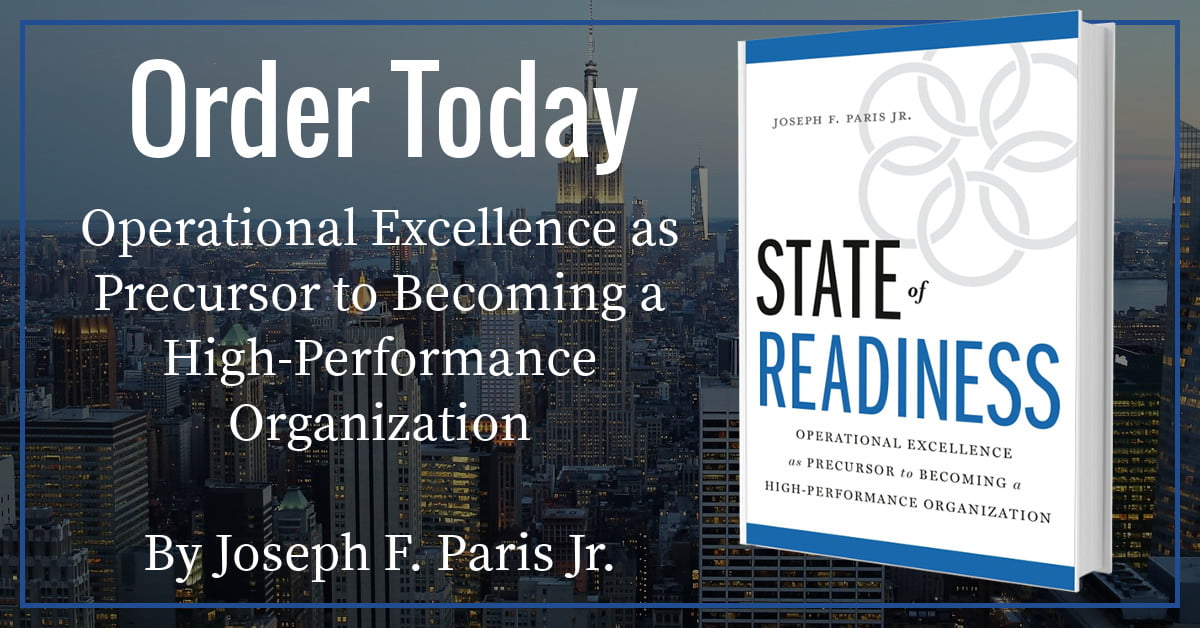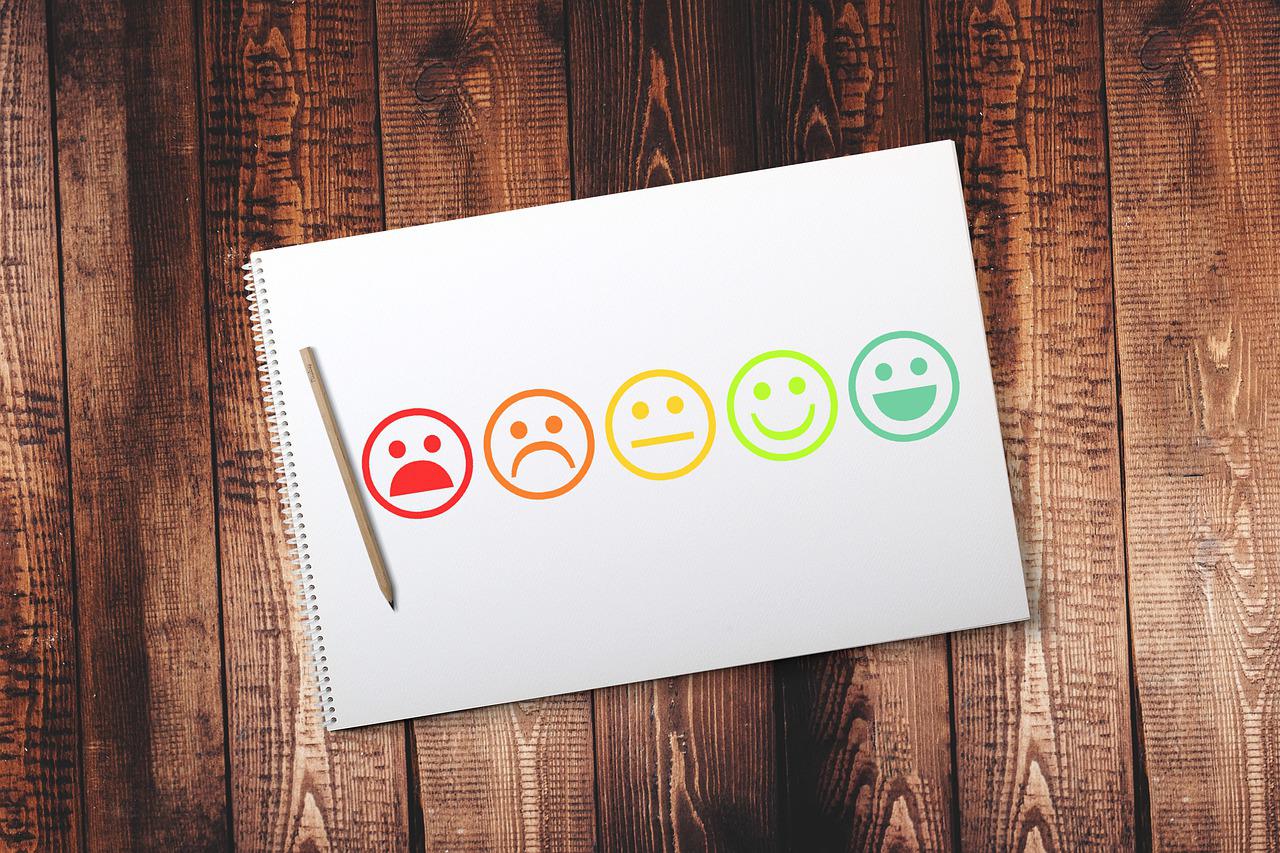Continuous Improvement Assessments: The Rally-Point of the Journey
So, you are thinking about embarking upon a Continuous Improvement (CI) Journey at your company. Or, more than likely, you are going to be RE-embarking upon a CI Journey at your company.
But where do you start? At the beginning, of course…
“A journey of a thousand miles begins with a single step.” – Lao Tzu
But is it enough to take that first, single step? Is it as important, if not more important, to know where you are going? How are you going to get there? What provisions and skills might you need on the journey? Do you think that Edmund Hillary woke-up one morning, decided he was going to be the first to scale Mount Everest, and by the end of the afternoon he was on top of the world?
No Sir. As with Hillary and Everest, your CI Journey needs preparation – and lots of it.

The first step in preparing for your CI journey is to define your destination (your strategy). Where are you going? This needs to be defined up-front so that you can measure progress against the plan.
What plan? This is the second step. You need to know how you are going to get to your destination (the tactics).
And this is obviously going to be a long journey and not a day-trip. What are you going to need (the logistics)?
Hillary had Tenzing Norgay as his Sherpa – the guide who knew the mountain and carried the provisions. Who do you have as your Sherpa and what’s he carrying? Is it enough to reach the top?

Most critically, where are you NOW? There are two points in any journey – where you are going and from where are you starting. These two points define the journey – you can’t end your journey unless you have determined your destination – and you cannot begin your journey unless you know where you are and what you will need along the way.
Assuming a defined strategy (or “future state”) in the CI Journey exists – and this is no small assumption as most companies I have visited have not done a good enough job of crystalizing their objectives – the process of planning can begin and starts with the “Assessment”. In its most simple form, an assessment is an evaluation of the “present state” of something. In school, students are assessed as to their position and the progress of their education by a series of tests which evaluate their knowledge of a subject and their readiness to proceed with the material. In a CI Assessment, this evaluation determines where an organization is with respect to its intended destination and the state of readiness in which to progress forward.
Companies can initiate a CI Assessment in one of three ways; the Internal (or “self”) Assessment, the Eternal Assessment, or a Hybrid approach.
Internal “Self” Assessment
This is an evaluation performed by an organization using resources owned by the organization – perhaps obtaining and leveraging external “assessment tools” that are available (some for no-charge or low-charge) and can be easily found with simple searches on the internet. Internal assessments are most successfully executed by companies with a mature and successful CI program, with an assessment methodology defined and performed by seasoned and available internal expert resources.
- Example: Such an example of a successful self-assessment and program can be found at United Technologies Corporation (UTC) and their Achieving Competitive Excellence Program (“ACE”), which is billed as UTC’s “Operating System”. A core belief of “ACE” is that every employee, from the highest position to the lowest position, is involved in the efforts to improve the company with the shared goals of eliminating waste and “delighting” customers. As such, UTC is in a continual cycle of assessing, planning, acting, and evaluating. I had the opportunity to personally visit the UTC/Sikorsky facility in Mielec, Poland (where they make the “generic version” of the Blackhawk helicopter) and was very impressed by their assessment process, their implementation of ACE and results the program generated.
- Pros: A benefit of an internal assessment is that it is highly customizable and specific to the company creating the assessment. The company that is doing the self-assessment can; identify a desired outcome from the effort, target specific areas to assess, and determine the assessment criterion.
- Cons: The integrity of a self-assessment can be compromised, and the results skewed by politics and self-interest – “If I don’t like the results, I can just make the numbers work.” In addition, a company that does a self-assessment oftentimes does not have the opportunity to benefit from the “fresh eyes” of an outsider (unless the internal experts have been hired from the outside).
External Assessment
This is an evaluation performed by resources which are external to that of the organization. Almost always, the company that hires-out an assessment in its entirety is one that is facing considerable challenges and has lost its faith in its internal capabilities based on the past performance of the CI team, the company, or both.
- Example: Private Equity and “Turn-Around” firms which take an ownership interest in distressed companies will believe (rightfully or wrongly) that the company is in distress because of an inability of the present resources to perform. Because of this lack of confidence, they will almost always seek external resources to perform an assessment.
- Pros: Other than the fact that the lack of confidence in the existing resources might be well-founded; during challenging times, internal people become increasingly anxious about their future and might not be willing participants in an improvement initiative because they fear it might mean losing their jobs by redundancy or performance. Introducing trusted outsiders with “fresh eyes”, and whose allegiance is aligned with ownership – and not having nostalgic or personal ties which might stand in the way of analyzing and effecting the change needed – might accelerate the achievement of improvements of the magnitude necessary for the company to overcome its challenges more quickly. And, in the case of distressed companies, even to the point of becoming viable.
- Cons: The minimal leveraging of existing knowledge of the business, or the past “lessons learned” from those who have worked there, might return results that are less than what might have been achieved if existing knowledge were more actively sought or engaged.
Hybrid Assessment
This is an evaluation performed by the organization which utilizes internal resources in conjunction with external resources. This is the approach most companies take, especially when they are “new” to the disciplines of CI and they are not in a “turn-around” or distressed situation.
- Example: Most companies that do not have a mature and successful CI program (such as in the example of UTC above) seek to accelerate their journey by engaging outside consulting resources that specialize in CI program development. Here, engaging outside resources can accelerate the development and deployment of a CI program and minimize missteps (often fatal to a CI program if they happen at the beginning.) There are many such firms that exist (including XONITEK), but it is important for companies to realize that sustainable success depends upon building internal capacity and capability, and they should not hire consulting firms merely for engaging improvement projects (where the knowledge will leave – along with the consultants – after the engagement is complete.)
- Pros: The company gets the benefit of using “fresh-eyes” and at the same time leveraging the knowledge and capacity of the people who worked the processes (usually, for a considerable amount of time).
- Cons: There is a potential for friction between the “internal” resources and the “external” resources which needs to be guarded against. A company also has to be very wary of “turning over the keys to the Kingdom” to the consulting firm. Always remember, it’s YOUR project, it’s YOUR company, and it’s YOUR responsibility – nobody else’s.
To help get started, many mid-sized manufacturing companies will leverage government-sponsored programs for improving competitiveness. Through such programs companies can obtain services from program resources at a discount from market-value (or as a source of funding for a company to hire a consulting firm of their choosing). In the United States, this mission is often accomplished by the National Institute of Standards and Technology’s Manufacturing Extension Partnership (or NIST-MEP) which will, as a function of its value-proposition, perform assessments in conjunction with the existing company staff.
In addition to partnering with consulting firms and leveraging government programs, many Universities also have programs for conducting LEAN Assessments (I could not find one that performed Continuous Improvement Assessments). One such University (which is also an MEP) is Purdue University in Indiana (USA). In addition to offering degrees in Industrial Engineering (including the disciplines of both LEAN and Six-Sigma), Purdue’s manufacturing assistance offerings are very robust. Of course, there are other Universities with similar programs – and a quick internet search will probably return a result that is suitable for almost any company, almost anywhere.
For many reasons – from valid (market advantage) to less valid (ego) – many companies will seek recognition (in the form of being awarded a “prize”) for their CI efforts. Some believe they would be able to leverage this recognition to gain respect among peers and also demonstrate to customers (and vendors) that they take their improvement programs seriously. But the winning of a “prize” should not be the goal of a CI program and is not a guarantee that the company can be considered a viable long-term partner. For instance, consider the case of Delphi Corporation. Although Delphi was a serial recipient of the prestigious “Shingo Prize for Manufacturing Excellence” from 1999 to 2007, Delphi declared bankruptcy in 2005.
One other related consideration: On LEAN Six-Sigma “Certifications” for individuals (I could not find a certification for “Continuous Improvement”), the advice is “Caveat Emptor”, Latin for “Let the buyer beware.” There are a lot of “certification mills” out there which will offer a “certification” for little cash and little effort. Don’t be duped into engaging one. The question to ask yourself is, “If someone were to query me as to where I obtained my certification, or what my project might have been, would I be embarrassed to tell them?” If the answer to that question is “yes”, then don’t engage.
There are a great many legitimate organizations where an individual might become “LEAN Six-Sigma Certified” including the Institute of Industrial Engineers (IIE), Villanova University (USA) and the University of Michigan (USA). Of special note and worthy of inquiry is a new “joint” program offered by an alliance of the “American Society for Quality” (ASQ), the “Society for Manufacturing Excellence” (SME), the “Association for Manufacturing Excellence” (AME), and the “Shingo Prize”.
In the end, it is important to remember that a CI Assessment is only the starting point. To be successful, a company needs to know where it is going (strategy), how it is going to get there (tactics), and what it needs for the journey (logistics). And, of course, a CI Assessment is not worth doing at all unless you are dedicated to embarking upon the journey.
“Dans la légion, vous marche ou crève” – In the Legion, you march or you die.
About the author
Paris is the Founder and Chairman of the XONITEK Group of Companies; an international management consultancy firm specializing in all disciplines related to Operational Excellence, the continuous and deliberate improvement of company performance AND the circumstances of those who work there – to pursue “Operational Excellence by Design” and not by coincidence.
He is also the Founder of the Operational Excellence Society, with hundreds of members and several Chapters located around the world, as well as the Owner of the Operational Excellence Group on Linked-In, with over 25,000 members.
For more information on Paris, please check his Linked-In Profile at: http://linkedin.com/in/josephparis







